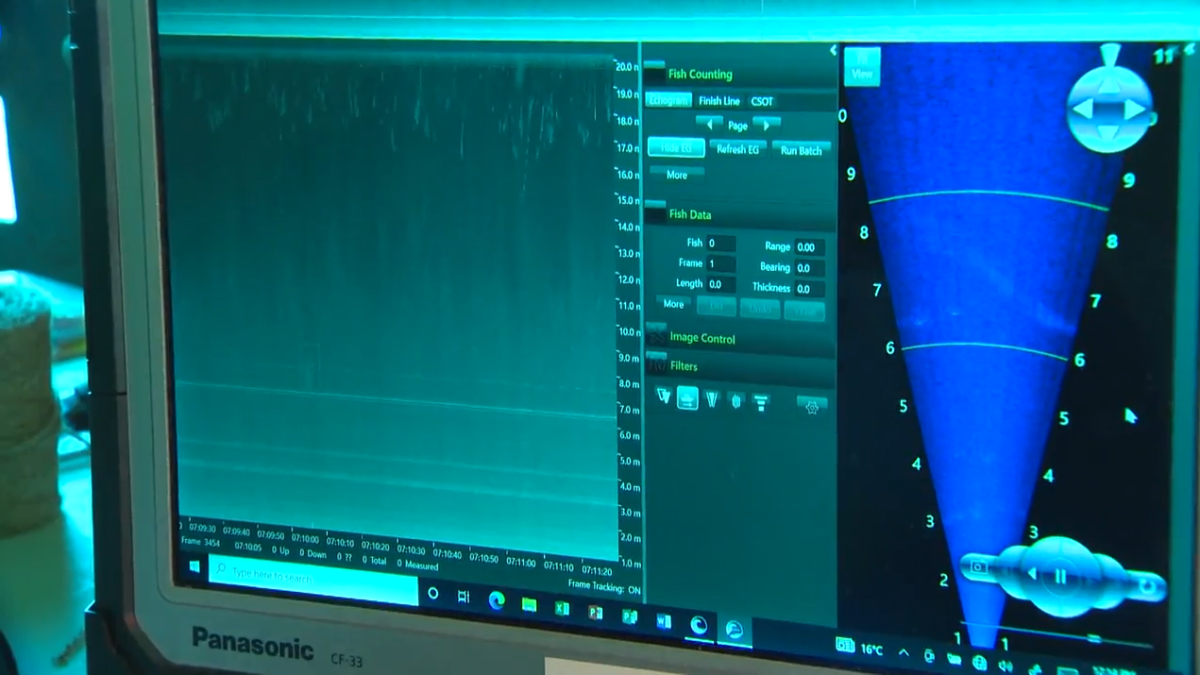Members of the Sumas First Nation in Abbotsford, B.C., gathered at the Vedder River Friday to kick off the third year of its five-year salmon Conservation, Guardianship and Harvest Plan.

The initiative involves a combination of on-the-water monitoring and modern technology to track the health of multiple salmon populations which travel through the waterway, Sumas First Nation natural resource officer Amanda Gawor explained.
“What that entails is really getting an idea of the abundance of salmon migrating to their terminal spawning grounds. We’re able to use information provided by the fishers, so traditional knowledge, and pairing that with cutting edge science, such as our ARIS sonar,” she said.
“It’s very exciting, we’re able to track in real-time migration, and then comparing that to catch data as well.”
Gawor said the information allows the community to make timely and informed decisions about when when it is safe to fish.

It also allows the nation to share that information with other nations and user groups, fostering transparency and trust while helping to protect the salmon population.

Get breaking National news
“Instead of waiting for a lot of post-season analysis and forecasting, we’re able to use current knowledge to get a better idea of migration, and we’re able to use that info annually, if continued, to gauge the variation of the runs and the run timings of different species,’ she said.
Sumas Frist Nation Coun. Troy Ganzeveld, who has been fishing since 1985, said the importance of salmon — both culturally and as a food source — for First Nations can’t be understated.
He said the guardianship program has helped show that importance, while demonstrating how First Nations want to, and can, be a part of solutions moving forward.
“(The river) is a part of me. That is kind of where I feel the most comfortable. It’s hard to explain,” he said.
“The technology, bringing the actual in-season counts of how many salmon are migrating through this system, will definitely help with stewardship and better management of the resource to ensure the resource will here for generations to come.”
While work is underway, the nation is asking people using the river to make efforts to avid the sonar gear that has been deployed in the area.
Monitoring is slated to continue until the end of the month, before it is conducted again in the fall.








Comments